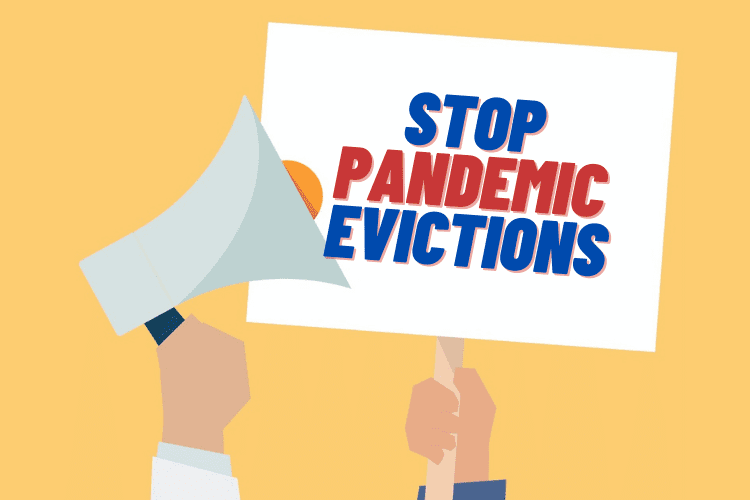The CDC Ordered a Nationwide Eviction Halt – Here’s What it Means

Following up on an executive order passed by President Donald J. Trump in August, the Centers for Disease Control and Prevention announced an eviction halt until the end of the year. The measure, in part an attempt to slow the spread of COVID-19, may help tens of millions of Americans avoid eviction this year.
So what does this moratorium do, and perhaps more importantly what doesn’t it do? And will this be the final relief measure for renters, or is more aid coming? Here’s what to know.
Trump and the CDC Halt Evictions
On September 2nd, CDC Director Dr. Robert Redfield ordered a freeze on residential evictions to limit the spread of coronavirus. The CDC is concerned that evictions could force people into cramped quarters or homelessness.
The measure comes in time to aid millions of renters struggling to make ends meet during the coronavirus. The CARES Act enacted an eviction moratorium through July 31st, but that ended without a new relief bill in place. Another federal eviction moratorium protecting renters in homes with mortgages backed by Fannie Mae and Freddie Mac expired on August 31st. Trump passed an order in August requesting that the CDC investigate and consider the need for an eviction freeze, and the organization came back with a sweeping response.
As a result, a widespread halt on evictions is in place, but only certain renters qualify.
Who Is Protected From Eviction?
Renters that meet the following conditions cannot be evicted under the government’s latest order:
- Must be suffering from a significant loss of household income, or have medical bills costing more than 7.5 percent of your income
- Cannot expect to earn more than $99,000 in 2020
- Making any and all efforts to get government aid and make partial, timely rent payments
- Eviction would lead to homelessness, or you would be forced to move into a living situation with others where you may be at risk for coronavirus
The CDC has a template testimonial for renters requesting eviction relief at the bottom of its order posted online. Any renter who presents a declaration of hardship to his or her landlord should be protected from eviction. You should also keep a copy for yourself and proof that your landlord has a copy, in case there’s any challenge to your claim. Should a landlord dispute someone’s hardship claims and move forward with eviction, the case will probably end up in housing court.
It’s worth noting that the order states that any falsified testimonies could be punished as perjury, so renters should only provide the exact information needed unless asked otherwise.
Is This Enough?
The measure is obviously a step forward and could protect millions of renters from losing their homes. Advocates for landlords and tenants both raised concerns with the measure, however.
“While an eviction moratorium is an essential step, it is a half-measure that extends a financial cliff for renters to fall off of when the moratorium expires and back rent is owed,” Diane Yentel, President and CEO of the National Low Income Housing Coalition President and CEO Diane Yentel told U.S. News.
Not only is the measure restrictive as to which renters it aids, but it’s also still just a temporary measure. Landlords still need to get their payments eventually, and without rent and mortgage cancelations, renters may still be on the hook in January for months worth of rent. Click To Tweet
Ultimately, this is not the last we’ll hear of evictions. While this measure was critical and life-saving, more needs to be done to protect both renters and landlords. Otherwise, the moratorium freeze may merely kick the eviction crisis to next year without a concrete solution.









